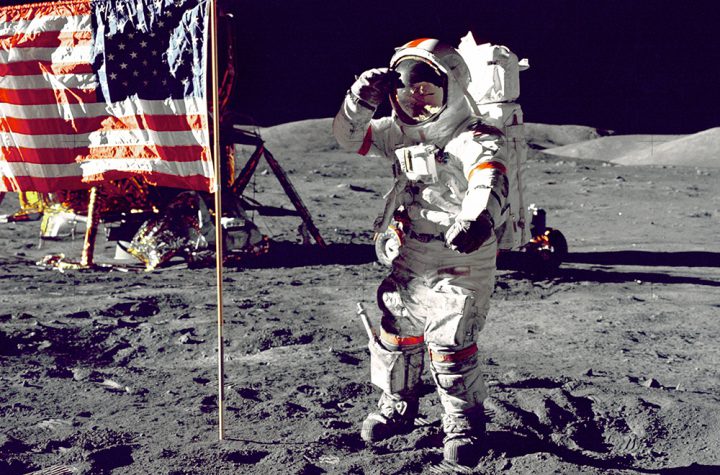
Some movies make people laugh until their sides ache. Others pry tears from dry eyes, keeping Kleenex in business with tearjerker endings. Horror flicks can make an audience jump, or flinch, or scream. The new documentary Space Dogs expertly elicits a more specific emotional state: Scooping up your pooch and hysterically sobbing Oh my God, I promise to never send you to space! in their perfect furry little ear immediately after watching.
Space Dogs uses archival footage to tell the story of the clever, docile, and doomed Moscow street dog Laika, the first mammal to go into orbitand the first mammal to die there. In 1957, the Soviet Union sent Laika to space in the satellite Sputnik 2. Despite initial assurances to the public that the pup would come back unharmed, she was always intended as a sacrifice to scientific progress, as there was no way to return her to Earth at the time. For years, the party line from officials was that Laika had been humanely euthanized before the satellite reentered the atmosphere. In reality, she lasted less than a day before heat and stress killed her, turning the object of cosmic progress into her small coffin. The film doesnt have footage of Laika suffering in space (thank God) but it does have plenty of clips of scientists putting Laika and a few other research dogs through a barrage of exercisesthey spin in a centrifuge, dazedand subjecting them to invasive, gruesome surgeries in order to rig them up with the necessary sensors to see how long theyd last alone above the planets atmosphere.
It is not a pleasant viewing experience. In fact, if I had to imagine the film I would least like to be forced to watch, Clockwork Orange-style, with my eyes pried open, it might be this one. It is a stylish and honest filma rare combination!but also merciless.
Space Dogs weaves its ghastly tape of the Soviet space race with footage of a pair of contemporary Muscovite strays going about their daily canine lives. The camera follows these modern creatures low to the ground, with minimal narration, creating a roving, diaristic dogs-eye view. They trot from city sidewalks to leafy resting grounds, digging and barking and snarling and playing. The cinematography is beautiful, almost dreamy, but the scenes are pieced together to unsettle, to make the viewer acutely aware of the gulf between human and dog. In one jarringly long and close-up scene, one of the dogs tortures and kills a poor neighborhood cat. Most honest nature documentaries following predators dont shy away from showing the bloody reality of how they eat, but Space Dogs lingers over the cats limp corpse in a way that feels punitive, almost accusatory. Toward the films end, the camera follows another startlingly hideous moment: A litter of stray puppies is poisoned by a local man, for reasons unknown.





More Stories
US star Megan Rapinoe tells BBC Sport about how taking a knee jeopardised her international career, and what the future holds for women’s football.
Australia’s corporate watchdog is in limbo as the Morrison government awaits the Thom review before deciding the fate of both ASIC and its chairman, James Shipton.
Researchers at Columbia Engineering found that alkali metal additives, such as potassium ions, can prevent lit